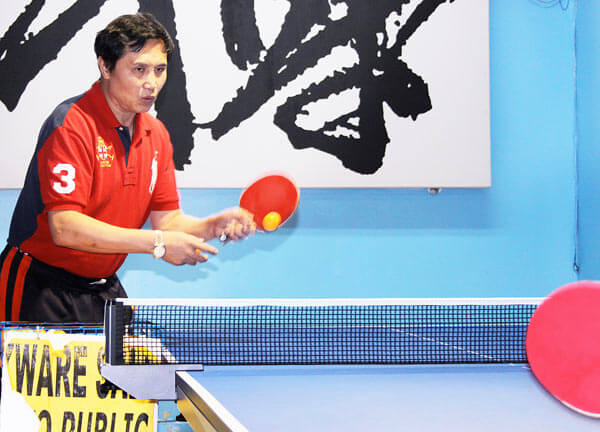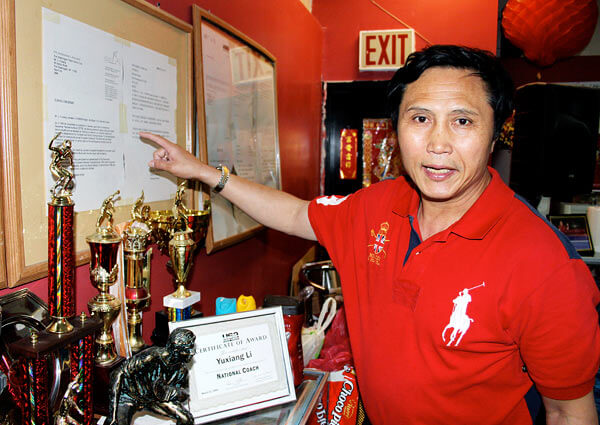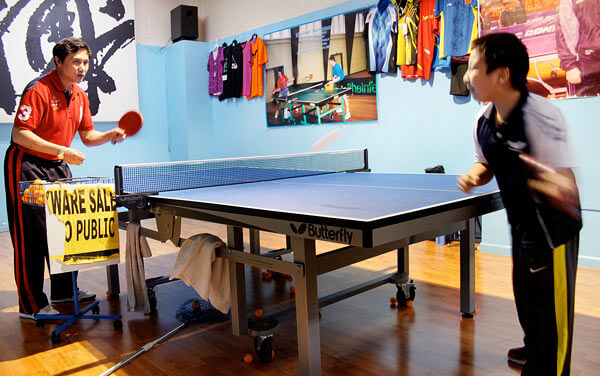By Rich Bockmann
If you grew up playing ping-pong in a rec room in the United States, it may strike you as odd the passion the Chinese have for table tennis, and even more so that a master of the sport teaches the finer points in the basement of a Flushing hotel.
“In China, people have no money” to build a proper tennis court, explained head Coach Yuxiang Li, of the New York International Table Tennis Center, on 35th Avenue, one of a handful of academies in Flushing dedicated to the sport. “Everyone has a table.”
Table tennis is a national obsession in China, the country that has dominated the sport in international competition with 23 of 27 Olympic gold medals.
Li, like many Chinese, began his table tennis training at an early age, and the sport has taken him across the globe.
After earning a handful of Chinese national championships, he hit the international scene, claiming dozens of titles with the German national team. He was later hired as a coach at the renowned Boroussia Dusseldor school, working with future Olympic champion Ryu Seungmin and European World Cup winner Vladimir Samsonov.
“Talent, and training very hard,” Li said of the attributes that made Samsonov a legend in the sport.
These days Li gives lessons in the basement of the Flushing International Hotel and has taken his share of young players to the country’s national stage.
His academy is one of seven clubs across the country ranked as a national center of excellence by USA Table Tennis, the sport’s national governing body.
The first thing a student learns is how to grip the paddle. With the traditional Chinese grip, known as the penhold, the player holds the paddle’s handle between the thumb and forefinger, using the wrist to flutter the paddle’s face around.
Li prefers the Western shakehand grip, with the forefinger behind the paddle. He teaches his students to bring the paddle up in a high arc, putting greater force behind the stroke.
Next is the footwork. Li teaches his young students to be light on the balls of their feet, bouncing up and down in constant motion to be able to adjust to a new angle.
“You have to make small, quick moves in a very short amount of time,” he said.
With a basket in easy reach, Li delivers a barrage of bouncing balls to his students, barking out orders in a clipped cadence as his students bounce on their feet, reacting to different angles as the room fills with the rhythmic “tock-tock-tock” sound of the balls hitting the table in repetition.
The New York International Table Tennis Center is at 134-32 35th Ave. For more information, call 718-961-4208.
Reach reporter Rich Bockmann by e-mail at rbockmann@cnglocal.com or by phone at 718-260-4574.




































